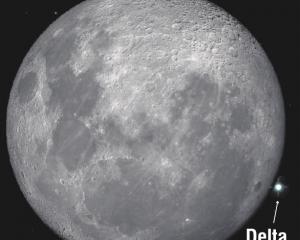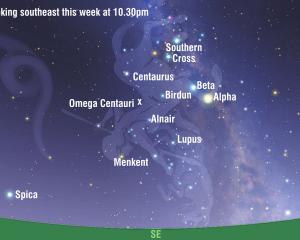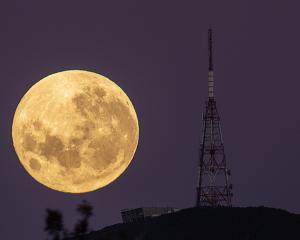
Like most staff, working from home during lockdown means I have had to adopt an entirely different approach to my day. To be honest, I’m getting a bit fed up with the plethora of daily Zoom meetings. However, I have to say that my lunchtimes have become, astronomically speaking, a lot more interesting. This is because I have set up a solar telescope in the garden, and can nip outside between meetings to enjoy wonderful close-up views of our nearest star.
I should note in passing that looking at the sun can be incredibly dangerous. You should definitely seek advice from someone who knows what they are doing before even thinking of pointing a telescope at the sun. That being said, if you do have access to a telescope protected by special filters, it is possible to see amazing, ever-changing features on the solar surface.
Since the start of lockdown, there has been a great run of sunny weather. I have therefore been able to view the sun pretty much every day. Ever-increasing levels of solar activity in the run-up to solar maximum, which should occur sometime in 2025, means there has been a run of large spots visible on the solar surface. One spot in particular, called Active Region 2860, has proved to be incredibly beautiful. It is several times bigger than the earth, and I was delighted to obtain this week’s accompanying photograph on August 30 when it was approaching the limb of the sun. Watching the region change in shape and brightness as it moved across the visible face of the sun has proved to be one of the highlights of lockdown.
Sunspots are areas of magnetically confined cool plasma which look dark against the hotter surrounding regions of the sun.
- Ian Griffin












